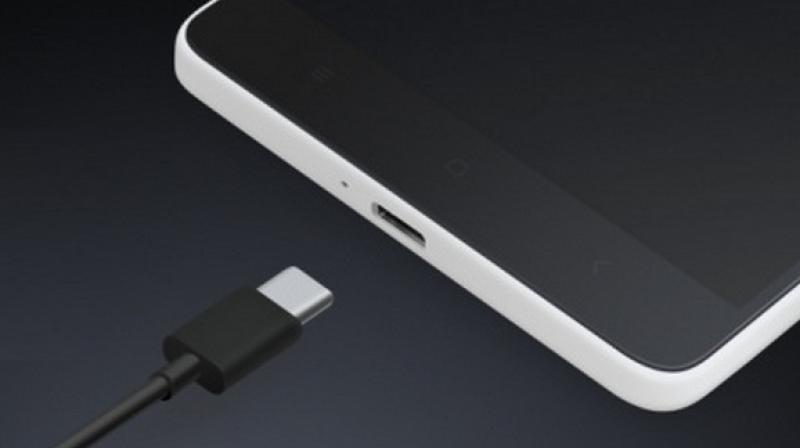
Now, wirelessly charge devices anywhere in your room
Scientists at Disney Research have developed a way to wirelessly charge several electronic devices in a room, eliminating the need for electrical cords or charging cradles. The method makes it possible to power several cellphones, fans and lights simultaneously.”This new innovative method will make it possible for electrical power to become as ubiquitous as WiFi,” said Alanson Sample, associate lab director and principal research scientist at Disney Research in the US.”This in turn could enable new applications for robots and other small mobile devices by eliminating the need to replace batteries and wires for charging,” Sample said.
“We’ve demonstrated room-scale wireless power, but there’s no reason we couldn’t scale this down to the size of a toy chest or up to the size of a warehouse,” said Sample. According to Sample, wireless power transmission is a long-standing technological dream.
Celebrated inventor Nikola Tesla famously demonstrated a wireless lighting system in the 1890s and proposed a system for transmitting power long distances to homes and factories, though it never came to fruition.
Today, most wireless power transmission occurs over very short distances, typically involving charging stands or pads. The method called quasistatic cavity resonance (QSCR) involves inducing electrical currents in metallised walls, floor and ceiling of a room, which in turn generate magnetic fields that permeate the room’s interior. This enables power to be transmitted efficiently to receiving coils that operate at the same resonant frequency as the magnetic fields. The induced currents in the structure are channelled through discrete capacitors, which isolate potentially harmful electrical fields.
“Our simulations show we can transmit 1.9 kilowatts of power while meeting federal safety guidelines,” said Matthew J Chabalko, from Disney Research.
“This is equivalent to simultaneously charging 320 smart phones,” Chabalko said.
In the demonstration, the researchers constructed a 16×16-foot room with aluminium walls, ceiling and floor bolted to an aluminium frame. A copper pole was placed in the centre of the room; a small gap was created in the pole, into which discrete capacitors were inserted.
“It is those capacitors that set the electromagnetic frequency of the structure and confine the electric fields,” Chabalko said.
Devices operating at that low megahertz frequency can receive power almost anywhere in the room. Though the demonstration room was specially constructed, Sample said it will be possible to reduce the need for metallised walls, ceilings and floors in the future. It may be possible to retrofit existing structures, for instance, with modular panels or conductive paint. Larger spaces might be accommodated by using multiple copper poles.







